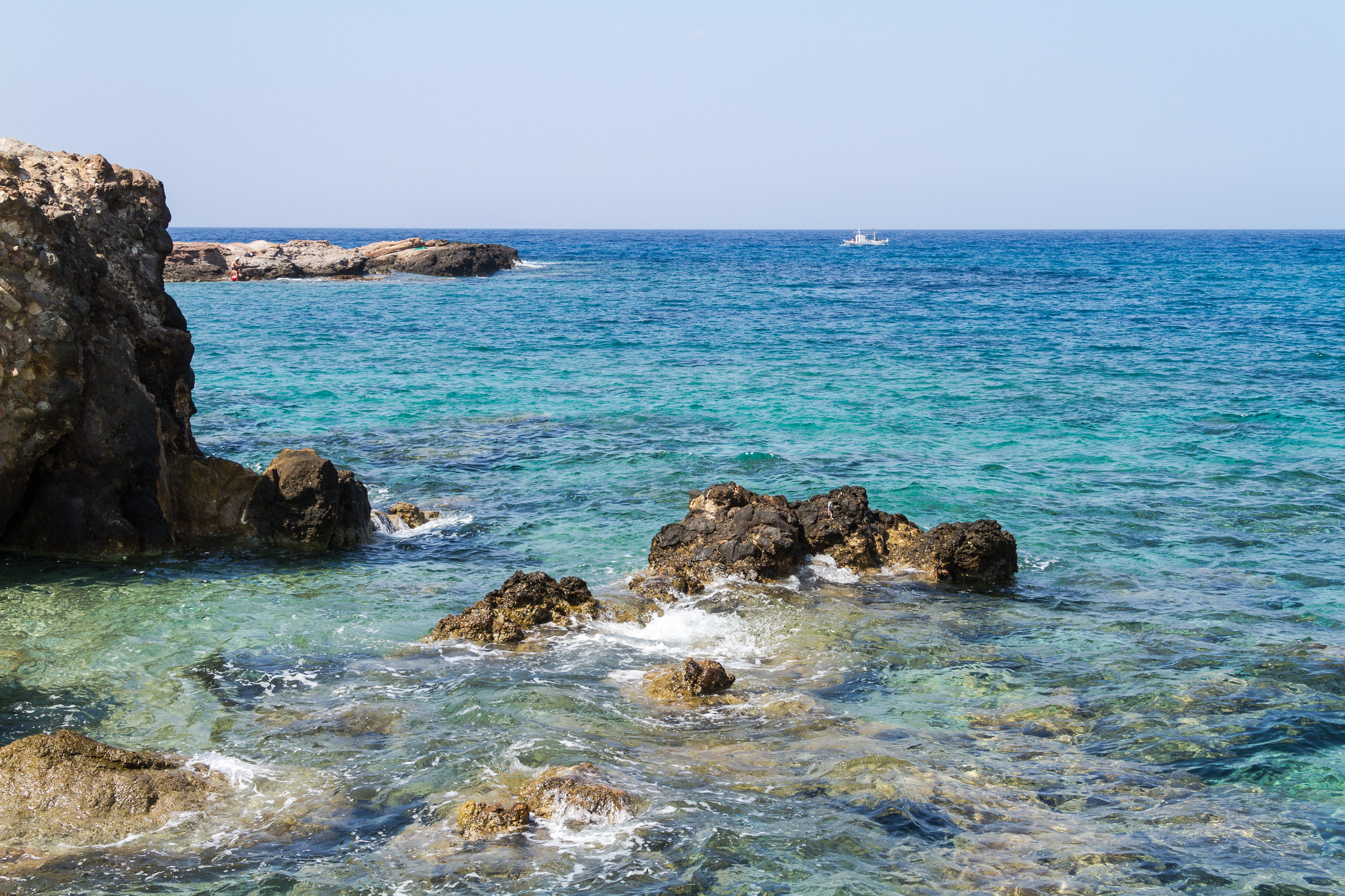8 Go-To Resources About holidays to naxos
Naxos Greece is the largest and most fertile island in the Cyclades. This Aegean island is been continuously occupied because 4000 BC, and was the center of the ancient Cycladic culture. Showing Up in Naxos Island by ferryboat, visitors are welcomed by the Portara, a huge stone, sculptural entrance built around 522 BC as an entrance to the temple of Apollo. Many ruins - temples, castles, monasteries - of archaeological interest are found on Naxos Island.
The capital and biggest city on this quiet island is Hora, however likewise known as Naxos City in Greece. It is home to about 7,000 people. The whole island has a population of around 16000.
Although Naxos Island's primary industry is agriculture, tourist has actually ended up being important in the last few years. The easily accessible ruins and numerous beaches have made Naxos Greece popular. The beaches on Naxos Greece, are noted for their natural charm and white sands, are scattered around the island. This Greek island uses prime windsurfing.
As pointed out, Naxos Island has really fertile island. Mount Zas, called for the god Zeus the highest peak on Naxos Greece and in all the Cyclade Islands, traps clouds allowing higher rains on this island. There is a great supply of water in this otherwise dry area. Zeus as god of the sky was also king of the other Olympian gods. There are 2 paths to the top of this mountain. The Agia Marina things to do naxos route, which is the simplest and is also well maintained, with indications making it easier for visitors to reach the pot of the mountain. Agia Spring the 2nd route is a harder route as it is steeper, for those who want an obstacle.

Among the crops, visitors will find rich vineyards and find the resulting wines of exceptional quality. However, Naxos Island likewise known for its Kitron. Kitron is alcohol made on the island from a citrus-type fruit that can be compared to lemons. Raki another alcohol comparable to the Italian grappa is also produced on Naxos island. In the winter it is served hot mixed with honey, and goes by the name of Rakomelo. Raki is made from the pieces of grapes consisting of the stems and seeds that were pushed for making red wine.

Exploring Naxos Island, visitors will come upon small mountain villages nestled in the mountain slope. Tourists have actually found out to appreciate the naturally cool climate and delight in the unsurpassed local Greek island food.
Naxos is agreekadventure.com/hiking-naxos-routes-moni-apeiranthos-fanari/ among the Cycladic islands and it becomes part of the Prefecture of the Cyclades. It lies a brief range to the east of Paros whilst to its south and south-west are the islands of Irakleia, Schinousa, Epano Koufonisi, Kato Koufonisi, Keros and Ano and Kato Antikeri. To the east are the islets of Makares, Ayia Paraskevi, Strongili and Donousa.

Naxos is round in shape. It has a length from north to south of 17.6 miles and a greatest width, roughly in the centre, of 13.2 miles. It covers an overall area of 430 square metres and its shoreline is 148 kilometres long. If we were to cruise around the island from the north coast in a south-westerly direction then we would experience the bays of Limeneri, Kyra, Amyti, Ayios Georgios and Kyrades, the islets of Amarantes, Aspronisi and Parthenos, and the capes Kavos Mikris Viglas, Kouroupia and Katomeri (south). The east coast of Naxos is not as remarkably formed, with the exceptions of the capes of Axala and Kavo Stavro. The island is mountainous and a tall mountain range stumbles upon the entire of the island, from the south to the north. The highest peak is Mt Zeus (1,003 metres), which lies someplace in the middle of the mountain range. Other peaks are Koronos (997 m.), Anathematistra (778 m.), Mavrovouni (869 m.), Troullos (606 m.), Kerasea (523 m.), Mavri Petra (420 m.), Paliopyrgos (227 m.) and Viglatouri (418 m.).
Naxos has fertile earth and naxos island produces substantial amounts of cereals, olive oil, fruit and wine. Livestock farming is also rather developed, producing choose quality cheeses, as are tourism and the processing of agricultural produce. The main source of income, however, is emery ('Naxiot earth'), which is mined in the north-east. A fine marble is likewise found in the mountain regions.
According to the census of 1981, Naxos had 14,037 residents.
As far as its administration is worried, in the previous Naxos included a town and lots of self-governing neighborhoods.
The recent 'Capodistrias' program for the redistribution of local administration produced 2 large towns, the Town of Naxos, which includes Hora (the main town) and the surrounding areas, and the Municipality of Drymalia, which contains the previous autonomous communities of the villages of Filoti, Apeiranthos, things to do on naxos Koronos, Komiaki, Halki (Tragaia) and Moni. The other communities have stayed as they were. The Municipality of Naxos is extremely established and has actually recently made essential advances in tourism too, all the income from which goes straight to the local handbag. The Town of Drymalia consists of the most developed towns of mountain Naxos, the locals of which seek to enhancing their lifestyle, establishing their crops and farming and other sectors.